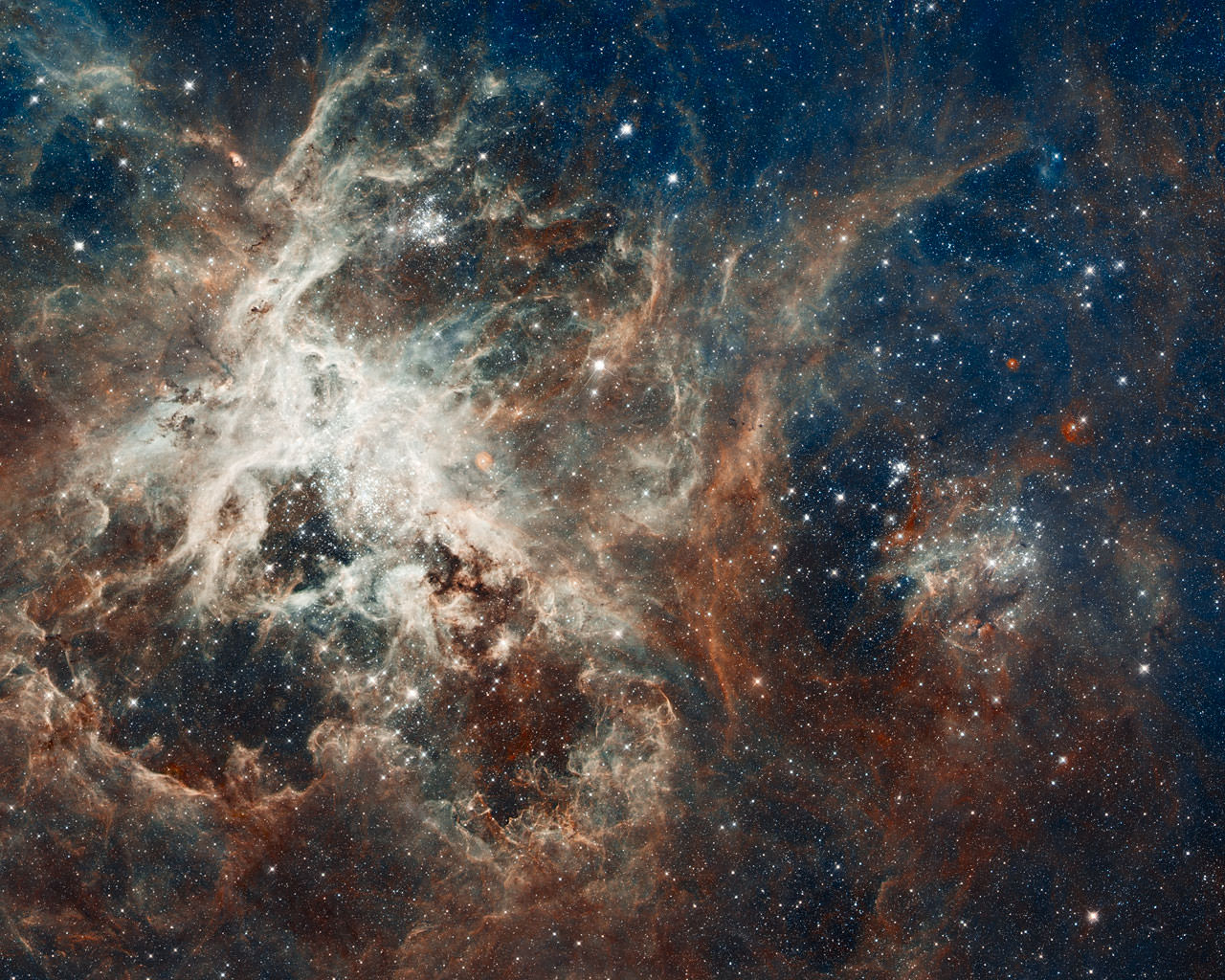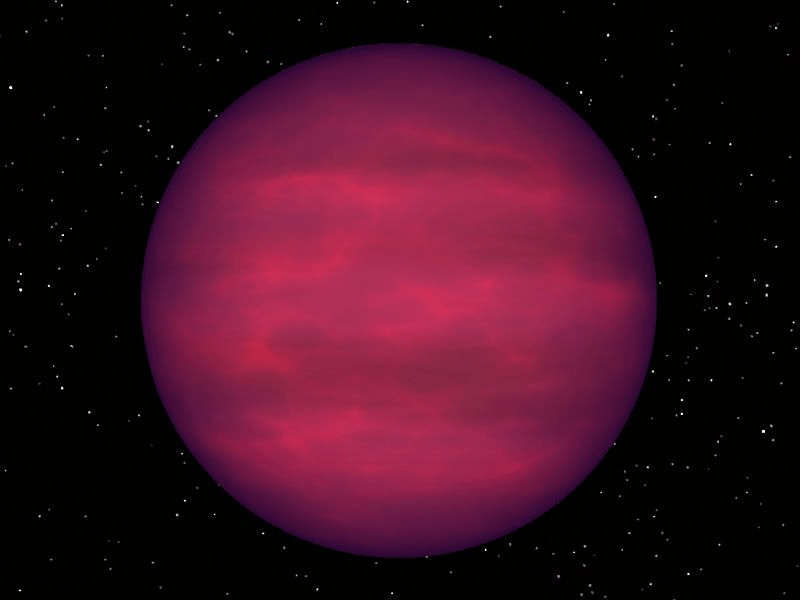There’s a population of stars in the heart of our galaxy whipping around Sagittarius A* (the Milky Way’s central supermassive black hole). Astronomers just found the closest, fastest one (so far). It’s called S4716 and it orbits Sag A* once every four years. That makes it officially the fastest star moving at the heart of our galaxy. To give you some perspective, the Sun moves around the center of the galaxy at a much more leisurely pace once every 230 million years.
Continue reading “One Star Flies Past the Milky Way’s Black Hole at 3% the Speed of Light”Most Black Holes Spin Rapidly. This one… Doesn’t


Black holes. They used to be theoretical, up until the first one was found and confirmed back in the late 20th Century. Now, astronomers find them all over the place. We even have direct radio images of two black holes: one in M87 and Sagittarius A* in the center of our galaxy. So, what do we know about them? A lot. But, there’s more to find out. A team of astronomers using Chandra X-ray Observatory data has made a startling discovery about a central supermassive black hole in a quasar embedded in a distant galaxy cluster. What they found provides clues to the origin and evolution of supermassive black holes.
Continue reading “Most Black Holes Spin Rapidly. This one… Doesn’t”Red Supergiant Stars Bubble and Froth so Much That Their Position in the Sky Seems to Dance Around

Making a 3D map of our galaxy would be easier if some stars behaved long enough to get good distances to them. However, red supergiants are the frisky kids on the block when it comes to pinning down their exact locations. That’s because they appear to dance around, which makes pinpointing their place in space difficult. That wobble is a feature, not a bug of these massive old stars and scientists want to understand why.
So, as with other challenging objects in the galaxy, astronomers have turned to computer models to figure out why. In addition, they are using Gaia mission position measurements to get a handle on why red supergiants appear to dance.

A Dying Star’s Last Act was to Destroy all Its Planets

When white dwarfs go wild, their planets suffer through the resulting chaos. The evidence shows up later in and around the dying star’s atmosphere after it gobbles up planetary and cometary debris. That’s the conclusion a team of UCLA astronomers came to after studying the nearby white dwarf G238-44 in great detail. They found a case of cosmic cannibalism at this dying star, which lies about 86 light-years from Earth.
If that star were in the place of our Sun, it would ingest the remains of planets, asteroids, and comets out to the Kuiper Belt. That expansive buffet makes this stellar cannibalism act one of the most widespread ever seen.
Continue reading “A Dying Star’s Last Act was to Destroy all Its Planets”Curiosity Finds Life-Crucial Carbon in Mars Rocks
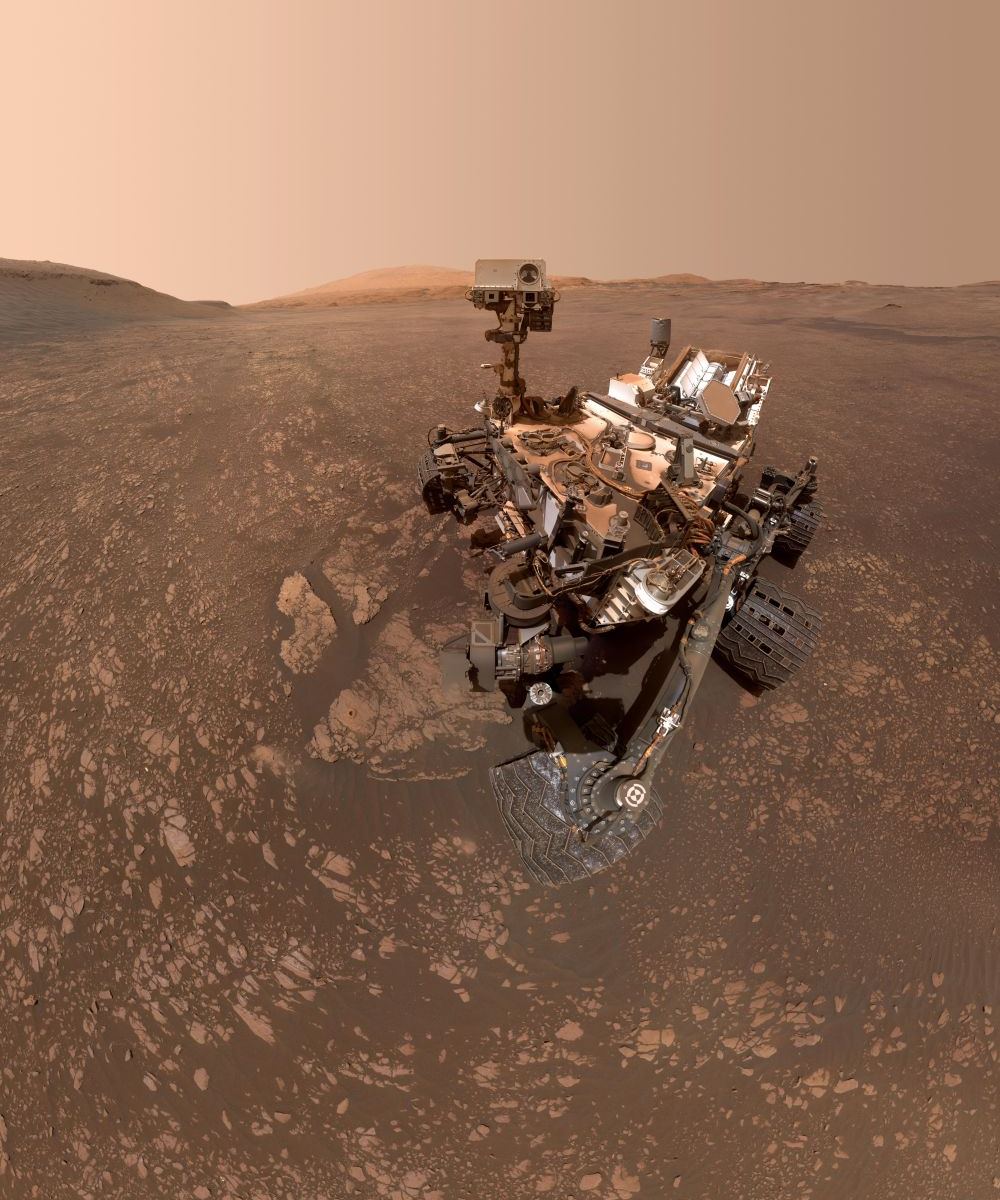
We are carbon-based life forms. That means the basis for the chemical compounds that forms our life is the element carbon. It’s crucial because it bonds with other elements such as hydrogen and oxygen to create the complex molecules that are part of life. So, when we look for evidence of life elsewhere in the solar system, we look for carbon. That includes Mars.
Continue reading “Curiosity Finds Life-Crucial Carbon in Mars Rocks”See a Stunning New Picture of the Tarantula Nebula
When it comes to exciting places to look in the sky, the Tarantula Nebula is hard to beat. It’s got cloudy star-forming regions, hot young stars, and star clusters. It’s one of the brightest and most active star birth areas in the Milky Way’s neighborhood. It’s also got an amazing collection of massive stars. That range of stellar activity makes the Tarantula almost the perfect laboratory to study the mechanics of star formation.
It’s also worth noting that in a fairly short few tens of millions of years, it’ll be a great place to watch supernovae popping off. So, what better way to celebrate this Southern Hemisphere sky treat than a new image of the Tarantula (also known as 30 Doradus)? The one below contains recent ground-based data from the Atacama Large Millimeter/submillimeter Array (ALMA) in Chile. It’s worthy of a closeup look, so feast your eyes!
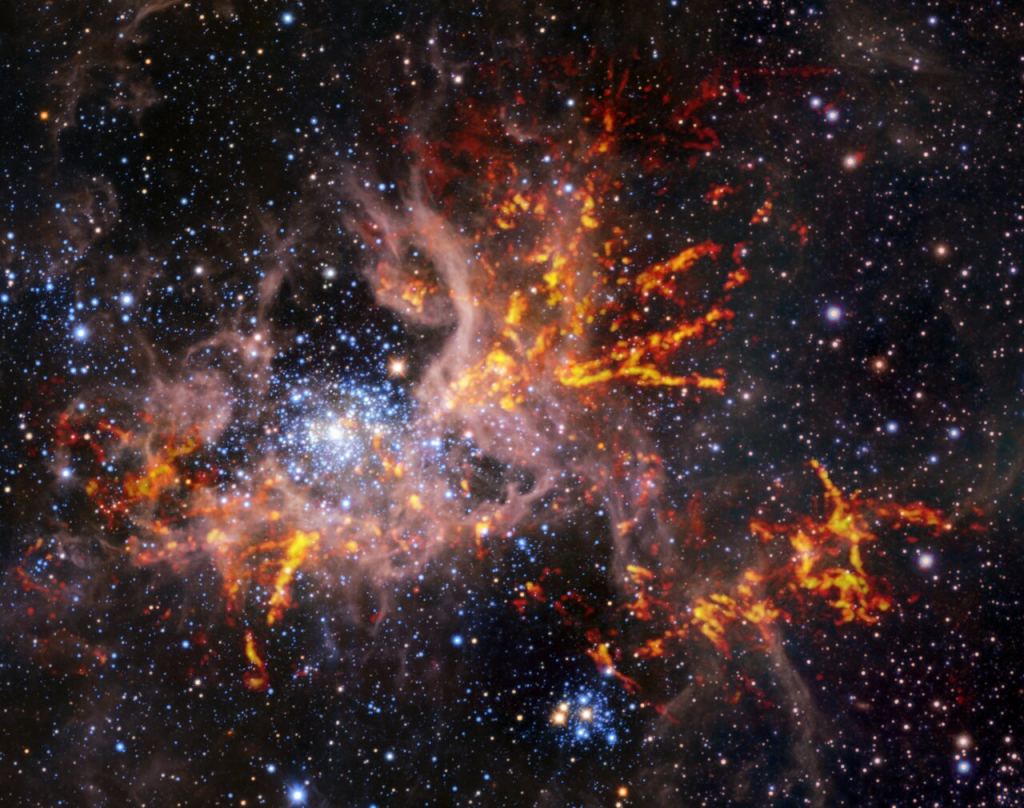
Andromeda Tore Apart and Consumed a Neighbor Galaxy
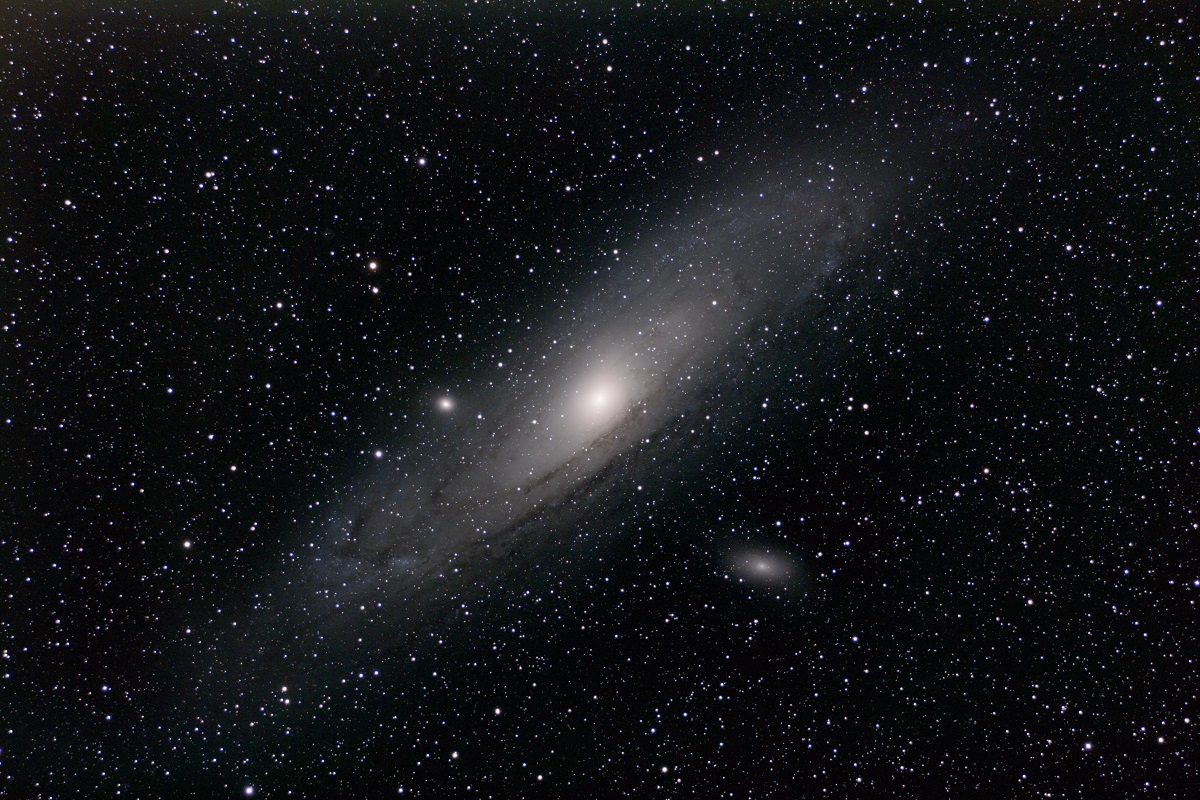
Things may seem quiet and peaceful in the Andromeda Galaxy when you gaze at it in the sky. However, if you know what to look for, there’s evidence of a violent rumble in this galaxy’s past. That’s the takeaway from research by Ivanna Escala, an astronomer at Carnegie Institution for Science in Pasadena. She found telltale clues for a merger a few billion years ago. That’s when Andromeda actively cannibalized another galaxy.
Continue reading “Andromeda Tore Apart and Consumed a Neighbor Galaxy”A New Technique Finds a Bundle of Brown Dwarfs
Astronomers have a brown dwarf problem. They should be seeing a lot more of these objects, which are cooler than stars but hotter than planets. Yet, there have only been about 40 directly imaged over the past few decades. Why aren’t astronomers finding more of them? It helps to remember that brown dwarfs are dim, low-temperature objects. They don’t stand out in a crowded starfield. If they’re too close to their stars, the starlight hides them from our view. They’re much better observed in the infrared part of the electromagnetic spectrum. All these characteristics make hunting for them difficult.
Continue reading “A New Technique Finds a Bundle of Brown Dwarfs”Cosmic Dawn Ended 1.1 Billion Years After the Big Bang
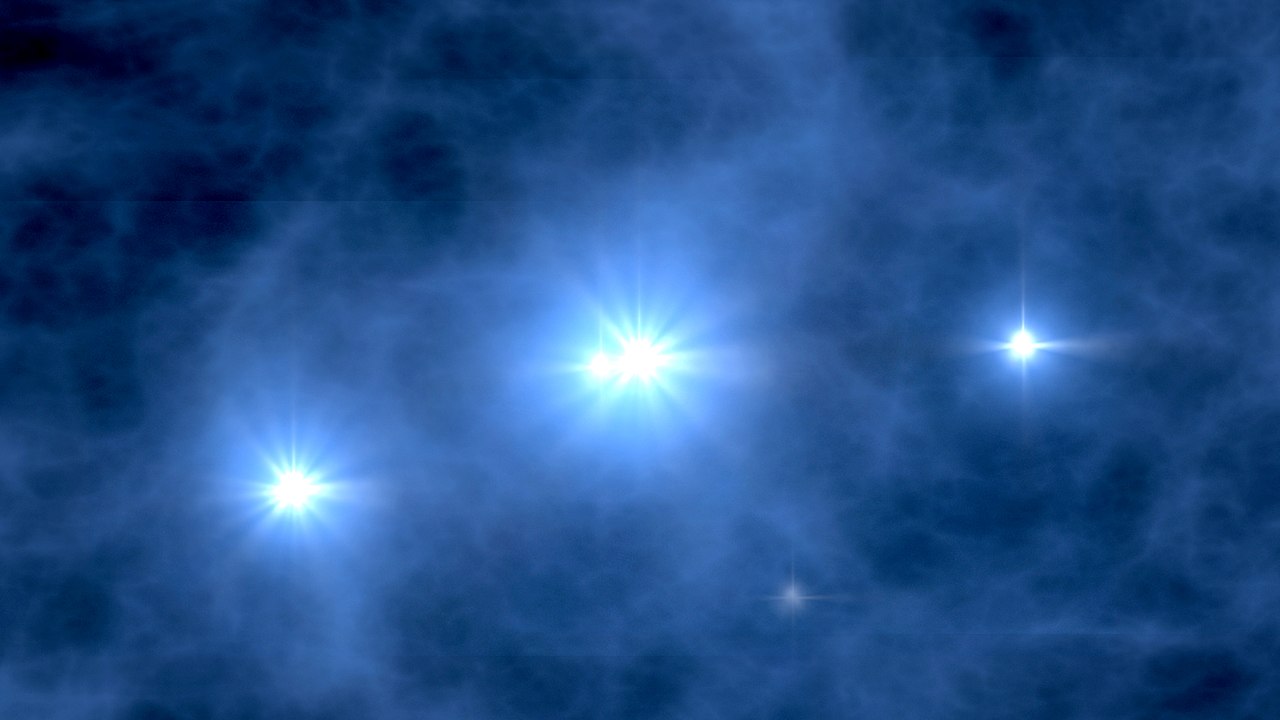
We’re all familiar with the famous opening of the TV show “The Big Bang Theory”. It’s a song that begins with the verse: “The whole Universe was in a hot dense state…” performed by the BareNakedLadies band. Turns out it’s not just a cute line. The Ladies are right—it describes exactly what was going on with the Universe a long time ago. After the Big Bang, the cosmos was an intensely hot, dense, rapidly expanding soup of plasma. It was also in a cosmic “dark age” because there were no sources of light. It was just… well… dark. And hot.
Continue reading “Cosmic Dawn Ended 1.1 Billion Years After the Big Bang”Ingenuity has Lost its Sense of Direction, but It’ll Keep on Flying
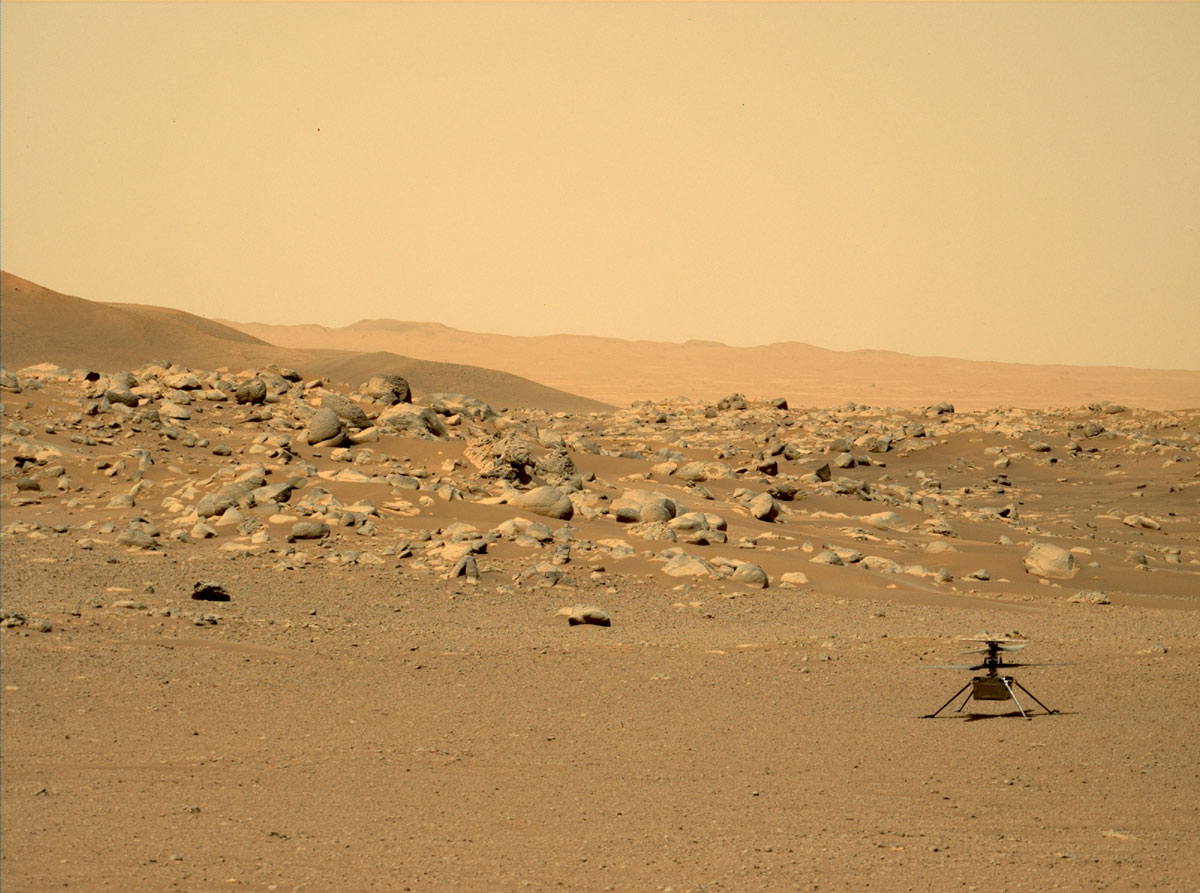
Things are getting challenging for the Ingenuity helicopter on Mars. The latest news from Håvard Grip, its chief pilot, is that the “Little Chopper that Could” has lost its sense of direction thanks to a failed instrument. Never mind that it was designed to make only a few flights, mostly in Mars spring. Or that it’s having a hard time staying warm now that winter is coming. Now, one of its navigation sensors, called an inclinometer, has stopped working. It’s not the end of the world, though. “A nonworking navigation sensor sounds like a big deal – and it is – but it’s not necessarily an end to our flying at Mars,” Grip wrote on the Mars Helicopter blog on June 6. It turns out that the controllers have options.
Continue reading “Ingenuity has Lost its Sense of Direction, but It’ll Keep on Flying”

